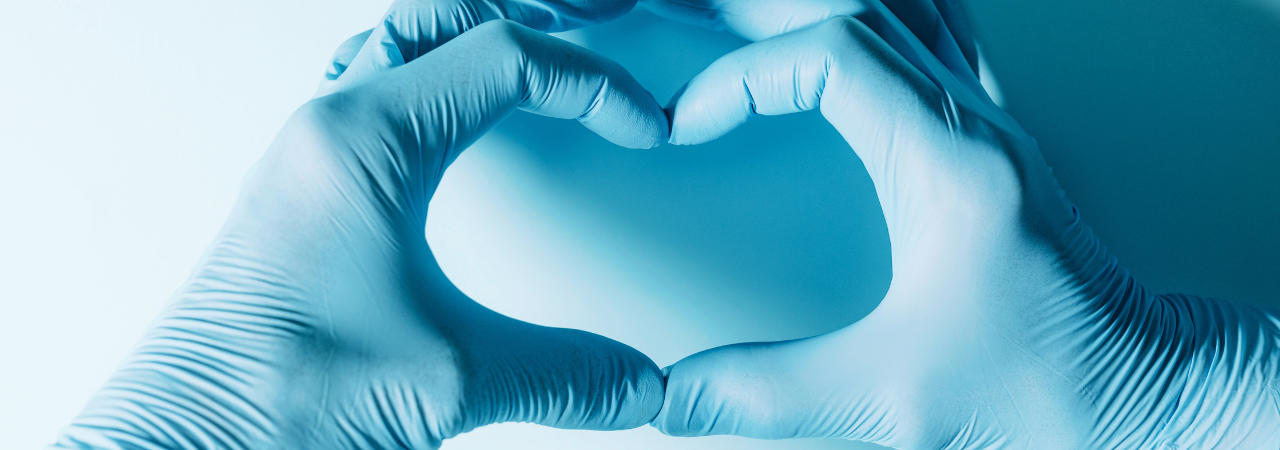5 behind-the-scenes ways dental assistants keep patients safe

While patients may know their dental assistants as the people who make them feel comfortable and help answer questions during appointments, that’s only the tip of the iceberg. Dental assistants perform many other tasks that go unseen by patients — and one of their most important responsibilities is infection control.
Dental assistants have an almost encyclopedic knowledge of proper hygiene protocols that goes beyond simply wearing gloves. In honor of Dental Infection Control Awareness Month, here are some of the behind-the-scenes steps dental assistants perform to ensure their practices are safe for patients and staff members.
Practicing proper hand hygiene
It’s what parents and teachers preach all the time: wash your hands regularly! What seems like such a basic rule takes on heightened importance in a healthcare setting like a dental office. Dental assistants come into contact with instruments, machinery, exam rooms, and practically every other part of the office. They can also be exposed to microorganisms in saliva and blood, which can be transferred to patients and co-workers without taking proper safety measures.
As a result, dental assistants wash their hands all the time — including before and after procedures, after they touch contaminated surfaces, and before and after they replace their gloves. Hand hygiene also goes beyond washing with soap and water. Depending on the situation, assistants may be required to use an antimicrobial soap or an alcohol-based hand rub, per Centers for Disease Control and Prevention (CDC) guidelines. Dental assistants also have to keep their fingernails trimmed neatly and remove any jewelry where bacteria can build up.
Wearing PPE
Dental assistants are required to wear personal protective equipment (PPE) to avoid transmitting infections to patients and to prevent contact with saliva, blood, and mucus during procedures. Typically, a dental assistant’s PPE includes gloves, a surgical mask, and eye protection. They may also wear long sleeves or a gown to prevent any skin from being exposed to contaminants. Additionally, dental assistants change their PPE between each patient to avoid potential cross-contamination. Although PPE may be uncomfortable at times and it can be tedious to change it after every patient visit, dental assistants do it to keep everyone safe!
Disinfecting instruments and rooms
Before each appointment, dental assistants are responsible for cleaning exam rooms, including the dental chair, countertops, and any other surfaces that may have come in contact with contaminants. This is particularly important because patients do not wear the same PPE as the dental staff and can be exposed to harmful pathogens if rooms are not sanitized properly. Dental assistants also clean and sterilize every instrument that the dentist will need during a procedure, often using an ultrasonic cleaner and autoclave. This is another crucial step toward preventing infections from being transmitted to patients and staff members.
Cleaning water lines
Biofilm can thrive in moist environments, which means it’s critical for dental water lines to be cleaned regularly. This is another infection control task that dental assistants manage. Each morning, dental assistants flush the lines to remove stagnant water that was sitting overnight or over the weekend. They’ll also run a special cleaning product through the water lines to eliminate any microorganisms that have built up. Dental assistants also regularly test the water quality to ensure it’s safe for use.
Educating the dental team
Because dental assistants are heavily involved in infection control, they’re often responsible for implementing safety guidelines in their offices. Some dental assistants even hold the title of infection control coordinator, which involves educating and training staff members on proper protocols, logging safety records, and staying up to date on the latest guidance and research from organizations such as the CDC and the Organization for Safety, Asepsis and Prevention (OSAP). In short, dental assistants keep everyone in the practice on the same page and prepared to ensure safe visits for every patient.
Read more: Appreciating all the things dental assistants do behind the scenes

